1 PLC 英文资料
1.1 Motivation
Programmable Logic Controllers (PLC), a computing device invented by Richard E. Morley in 1968, have
been widely used in industry including manufacturing systems, transportation systems, chemical process
facilities, and many others. At that time, the PLC replaced the hardwired logic with soft-wired logic or
so-called relay ladder logic (RLL), a programming language visually resembling the hardwired logic, and
reduced thereby the configuration time from 6 months down to 6 days [Moody and Morley, 1999].
Although PC based control has started to come into place, PLC based control will remain the technique
to which the majority of industrial applications will adhere due to its higher performance, lower price,
and superior reliability in harsh environments. Moreover, according to a study on the PLC market of Frost
and Sullivan [1995], an increase of the annual sales volume to 15 million PLCs per year with the hardware
value of more than 8 billion US dollars has been predicted, though the prices of computing hardware is steadily
dropping. The inventor of the PLC, Richard E Morley, fairly considers the PLC market as a 5-billion industry
at the present time.
Though PLCs are widely used in industrial practice, the programming of PLC based control systems is
still very much relying on trial-and-error. Alike software engineering, PLC software design is facing the
software dilemma or crisis in a similar way. Morley himself emphasized this aspect most forcefully by
indicating [Moody and Morley, 1999, p. 110]:
`If houses were built like software projects, a single woodpecker could destroy civilization.”
Particularly, practical problems in PLC programming are to eliminate software bugs and to reduce the
maintenance costs of old ladder logic programs. Though the hardware costs of PLCs are dropping continuously,
reducing the scan time of the ladder logic is still an issue in industry so that low-cost PLCs can be used.
In general, the productivity in generating PLC is far behind compared to other domains, for instance,
VLSI design, where efficient computer aided design tools are in practice. Existent software engineering
methodologies are not necessarily applicable to the PLC based software design because PLC-programming requires
a simultaneous consideration of hardware and software. The software design becomes, thereby, more and more
the major cost driver. In many industrial design projects, more than SO0/a of the manpower allocated for
the control system design and installation is scheduled for testing and debugging PLC programs [Rockwell,
1999].
In addition, current PLC based control systems are not properly designed to support the growing demand
for flexibility and reconfigurability of manufacturing systems. A further problem, impelling the need for
a systematic design methodology, is the increasing software complexity in large-scale projects.
�
1.2 Objective and Significance of the Thesis
The objective of this thesis is to develop a systematic software design methodology for PLC operated
automation systems. The design methodology involves high-level description based on state transition models
that treat automation control systems as discrete event systems, a stepwise design process, and set of design
rules providing guidance and measurements to achieve a successful design. The tangible outcome of this research
is to find a way to reduce the uncertainty in managing the control software development process, that is,
reducing programming and debugging time and their variation, increasing flexibility of the automation systems,
and enabling software reusability through modularity. The goal is to overcome shortcomings of current
programming strategies that are based on the experience of the individual software developer.
2 PLC 英文资料
A systematic approach to designing PLC software can overcome deficiencies in the traditional way of
programming manufacturing control systems, and can have wide ramifications in several industrial applications.
Automation control systems are modeled by formal languages or, equivalently, by state machines. Formal
representations provide a high-level description of the behavior of the system to be controlled. State machines
can be analytically evaluated as to whether or not they meet the desired goals. Secondly, a state machine
description provides a structured representation to convey the logical requirements and constraints such
as detailed safety rules. Thirdly, well-defined control systems design outcomes are conducive to automatic
code generation- An ability to produce control software executable on commercial distinct logic controllers
can reduce programming lead-time and labor cost. In particular, the thesis is relevant with respect to the
following aspects.
Customer-Driven Manufacturing
In modern manufacturing, systems are characterized by product and process innovation, become
customer-driven and thus have to respond quickly to changing system requirements. A major challenge is
therefore to provide enabling technologies that can economically reconfigure automation control systems in
response to changing needs and new opportunities. Design and operational knowledge can be reused in real-time,
therefore, giving a significant competitive edge in industrial practice.
Higher Degree of Design Automation and Software Quality
Studies have shown that programming methodologies in automation systems have not been able to match
rapid increase in use of computing resources. For instance, the programming of PLCs still relies on a
conventional programming style with ladder logic diagrams. As a result, the delays and resources in programming
are a major stumbling stone for the progress of manufacturing industry. Testing and debugging may consume
over 50% of the manpower allocated for the PLC program design. Standards [IEC 60848, 1999; IEC-61131-3, 1993;
�
IEC 61499, 1998; ISO 15745-1, 1999] have been formed to fix and disseminate state-of-the-art design methods,
but they normally cannot participate in advancing the knowledge of efficient program and system design.
A systematic approach will increase the level of design automation through reusing existing software
components, and will provide methods to make large-scale system design manageable. Likewise, it will improve
software quality and reliability and will be relevant to systems high security standards, especially those
having hazardous impact on the environment such as airport control, and public railroads.
System Complexity
The software industry is regarded as a performance destructor and complexity generator. Steadily
shrinking hardware prices spoils the need for software performance in terms of code optimization and efficiency.
The result is that massive and less efficient software code on one hand outpaces the gains in hardware
performance on the other hand. Secondly, software proliferates into complexity of unmanageable dimensions;
software redesign and maintenance-essential in modern automation systems-becomes nearly impossible.
Particularly, PLC programs have evolved from a couple lines of code 25 years ago to thousands of lines of
code with a similar number of 1/O points. Increased safety, for instance new policies on fire protection,
and the flexibility of modern automation systems add complexity to the program design process. Consequently,
the life-cycle cost of software is a permanently growing fraction of the total cost. 80-90% of these costs
are going into software maintenance, debugging, adaptation and expansion to meet changing needs [Simmons
et al., 1998].
3 PLC 英文资料
Design Theory Development
Today, the primary focus of most design research is based on mechanical or electrical products. One
of the by-products of this proposed research is to enhance our fundamental understanding of design theory
and methodology by extending it to the field of engineering systems design. A system design theory for
large-scale and complex system is not yet fully developed. Particularly, the question of how to simplify
a complicated or complex design task has not been tackled in a scientific way. Furthermore, building a bridge
between design theory and the latest epistemological outcomes of formal representations in computer sciences
and operations research, such as discrete event system modeling, can advance future development in engineering
design.
Application in Logical Hardware Design
�
From a logical perspective, PLC software design is similar to the hardware design of integrated circuits.
Modern VLSI designs are extremely complex with several million parts and a product development time of 3
years [Whitney, 1996]. The design process is normally separated into a component design and a system design
stage. At component design stage, single functions are designed and verified. At system design stage,
components are aggregated and the whole system behavior and functionality is tested through simulation. In
general, a complete verification is impossible. Hence, a systematic approach as exemplified for the PLC program
design may impact the logical hardware design.
PLC
PLC(programmable logical controller)face ever more complex challenge these days. Where once they
quietly relays and gave an occasional report to a corporate mainframe, they are now grounded into cells,
give new jobs and new languages, and are forced to compete against a growing array of control products. For
this year’s annual PLC technology update, we queried PLC makers on these topics and more.
Programming languages
Higher level PLC programming languages have been around for some time, but lately their popularity
has been mushrooming. As Raymond Lavelle, vice president and general manager, Siemens Energy and Automation.
Inc, Programmable Controls Division, points out :”As programmable controls are being used for more and more
sophisticated operations, languages other than ladder logic become more practical, efficient, and powerful.
For example, it's very difficult to write a trigonometric function using ladder logic. ”Languages gaining
acceptance include Boolean, control system flowcharting, and such function chart languages as Graphtec and
its variations. And these’s increasing interest in languages like C and BASIC.
PLCs in process control
Thus far, PLCs have not been used extensively for continuous process control. Will this continue? ”
The feeling that I’ve gotten,” says Ken Jeannette, manager, product planning, Series One and Series Six
products, at GE Frame North America, "is that PLCs will be used in the process industry but not necessarily
for process control.”
Several vendors-obviously betting that the opposite will happen-have introduced PLCs optimized for
process applications. Rich Ryan ,manager, commercial marketing, Allen-Bradley Programmable Controls Div,
cites PLCs’ increasing use in such industries as food, chemicals, and petroleum. Ryan feel there are two
types of applications in which they’re appropriate.”One, "he says, "is where the size of the process control
system that's being automated doesn’t justify DCS[distributed control systems].With the starting price tags
of those products being relatively high, a programmable controller makes sense for small, low loop count
�
applications. The seconds where you have to integrate the loop closely with the sequential logic. Batch
controller sere prime examples, where the sequence and maintaining the process variable are intertwined so
closely that the benefits of having a programmable controller to do the sequential logic outweighs some of
the disadvantages of not having a distributed control system.”
Bill Barkovtz, president of Triconex, predicts that "all future controllers that come out in the process
control system business will embrace a lot more PLC technology and a lot more PLC functionality than they
ever did before.”
Communications and MAP
Communications are vital to an individual automation cell and to the automated factory as a whole.
We've heard a lot about MAP in the last few years, and a lot of companies have jumped on the band wagon.
Many, however were disappointed when a fully-defined and completed MAP specification didn’t appear immediately.
Says Larry Kumara:”Right now , MAP is still a moving target for the manufacturers specification that is
not final. Presently, for example, people are introducing products to meet the MAP 2.1standard.Yet 2.1-based
products will be obsolete when the new standard for MAP,3.0is introduced.”
Because of this, many PLC vendors are holding off on full MAP implementations. Omron, for example ,
has an ongoing MAP-compatibility program, but Frank Newborn, vice president of Omron’s Industrial Division,
reports that because of the lack of a firm definition, Omron's PLCs don't yet talk to MAP.
Since it’s unlikely that an individual PLC would talk to broadband MAP anyway, makers are concentrating
n proprietary networks. According to Sal Provanzano, users fear that if they do get on board and vendors
withdraw from MAP, they ‘ll pulse width modulation control system be the ones left holding a communications
structure that’s not supported.
PLC Introduction
Programmable controller is the first in the late 1960s in the United States, then called Plc programmable
logic controller (Programmable Logic Controller) is used to replace relays. For the implementation of the
logical judgment, timing, sequence number, and other control functions. The concept is presented Plc General
Motors Corporation. Plc and the basic design is the computer functional improvements, flexible, generic and
other advantages and relay control system simple and easy to operate, such as the advantages of cheap prices
combined controller hardware is standard and overall. According to the practical application of target
software in order to control the content of the user procedures memory controller, the controller and
connecting the accused convenient target.
�
In the mid-1970s, the Plc has been widely used as a central processing unit microprocessor, import
export module and the external circuits are used, large-scale integrated circuits even when the Plc is no
longer the only logical (IC) judgment functions also have data processing, PID conditioning and data
communications functions. International Electro technical Commission (IEC) standards promulgated
programmable controller for programmable controller draft made the following definition : programmable
controller is a digital electronic computers operating system, specifically for applications in the industrial
design environment. It used programmable memory, used to implement logic in their internal storage operations,
sequence control, timing, counting and arithmetic operations, such as operating instructions, and through
digital and analog input and output, the control of various types of machinery or production processes.
Programmable controller and related peripherals, and industrial control systems easily linked to form a whole,
to expand its functional design. Programmable controller for the user, is a non-contact equipment, the
procedures can be changed to change production processes. The programmable controller has become a powerful
tool for factory automation, widely popular replication. Programmable controller is user-oriented industries
dedicated control computer, with many distinctive features.
First, high reliability, anti-interference capability;
Second,programming visual, simple;
Third, adaptability good;
Fourth functional improvements, strong functional interface.
译文
1.1 动力
1968 年,Richard E. Morley 创造出了新一代工业控制装置可编程逻辑控制器(PLC),现在,PLC 已经被广泛应用
于工业领域,包括机械制造也、运输系统、化学过程设备、等许多其他领域。初期可编程控制器只是用一种类似于语言
的软件逻辑于代替继电器硬件逻辑,并且使开发时间由 6 个月缩短到 6 天。
虽然计算机控制技术已经产生,但是 PLC 控制因为它的高性能、成本低、并且对恶劣的环境有很强的适应能力而
在工业控制的广泛应用中保持优势。而且,尽管硬件的价格在逐渐下跌,据估计,根据 Frost 和 Sullivan 对 PLC 市场
的调查研究表明,每年销售硬件的价格要比销售 PLC 的价格(一千五百万)至少多出八十亿美元。PLC 的创造者 Richard
E. Morley 十分肯定的认为目前 PLC 市场是一个价值五十亿的工业
虽然 PLC 广泛应用于工业控制中,PLC 控制系统的程序依然和语法有关。和软件过程一样,PLC 的软件设计也以
同样的方式会遇到软件错误或危机。Morley 在演讲中着重强调了这个方面。
�
如果房子建造的像软件过程一样,那么仅仅一只啄木鸟就可以摧毁文明。特别的,PLC 程序要解决的实际问题是
消除软件错误和减少老式梯形逻辑语言的花费。尽管 PLC 的硬件成本在继续下降,但是在工业控制上减少梯形逻辑的扫
描时间仍然是一个问题,以至于可以用到低耗时的 PLC。
一般来说,和其他领域相比生产 PLC 的周期要短很多。例如,在实践中,VISI 设计是一种有效的计算机辅助设计。
PLC 不需要使用目前的以软件设计为基础软件工程方法论,因为 PLC 程序要求对软件和硬件搜都要考虑到。因此,软件
设计越来越成为花费动力。在许多的工业设计工程中,超过
的人力分配给了控制系统设计和安装,并且他们要
对。PLC 程序测试和排除错误,
再者,PLC 控制系统不适合设计对适应性和重构有越来越多要求的生产系统。一个更深入的问题是在大规模的工
程中软件越来越复杂,促使要有一个系统化的设计方法论。
1.2 主题的客观性和重要性。
主题的客观性是为 PLC 自动控制系统建立一个系统化的软件设计方法论。这个设计方法论包括以状态转换模型为
基础的精确的描述,这个转台转换模型是自动控制系统的抽象系统。方法论还包括一个逐步的设计过程,并且要设置一
个设计规则,这样才能为一个成功的设计提供导向和方法。这项研究的真正目的是找到一个减少控制软件发展过程的不
稳定性的方法,也就是说,减少程序和调试时间以及他们的变化,以增强自动控制系统的适应性,并且通过调整软件使
得软件可以再度使用。这样的目的是为了克服目前程序策略的不足之处,而目前的程序策略是以个人软件开发者的经验
为基础的。
2 译文
一个系统化的设计 PLC 程序的方法可以克服传统程序生产控制系统的缺点,并且在一些工业应用总有很大的不同。
自动控制系统是状态模型用公式语言或等价的语言描述的。公式描述对被控制的系统的行为提供一个精确的描述。可以
通过分析估计看状态模型是否达到想要的目标,第二,状态模型的描述提供结构描述,这个结构描述可以说明逻辑要求
和如细节安全规则的限制。第三,好的控制系统设计是对自动控制代码生成有益的——一种能够产生可执行的控制软件
的能力,不同的逻辑控制器可以减少程序扫描时间和执行那个时间。特别的,这个主题与随后的部分的是有关的。
订制生产
在现代制造业中,系统是用过程和结果的革新来描述的,变得 Customer-Driven,并且因此不得不改变系统性能
以快速做出反应。因此,一个大的挑战是提供技术以限制自动控制系统对变化需要和新机会的反应,所以,设计和操作
知识可以实时的被再次利用,在工业实践中提供了一个重要的竞争面。
高水平的自动化设计和软件质量
研究表明,在自动化系统中,程序实现的方法已经与计算机资源应用的急速增长不能匹配。例如,可编程逻辑控
制器(PLC)程序仍然依靠一种方便的有逻辑梯形图的程序实现模式。结果,程序上的延迟和资源成了生产工业过程
�
的主要绊脚石。在可编程逻辑控制器程序设计过程中,测试和调试可能会占用超过百分之五十的人力。在发展和传播“S
TATE-OF-THE-ART”已经形成标准[IEC 60848, 1999; IEC-61131-3, 1993; IEC 61499, 1998; ISO 15745-1,
1999],但是,基本上这些标准都不能参与有效的程序和系统设计方面知识的革新。
系统的方法通过使用原有的软件模块,有助于增加设计自动化的水平,同时也将提供一种可管理的大规模系统设
计的方法。同样的,它也将改善软件的质量的可靠性,以及关系到系统的较高安全标准,尤其是这些对环境有危害影响
的,比如:机场控制、公共铁路运输。
系统复杂性:
软件工业被认为是系统性能的破坏者和系统复杂性的产生者。逐渐下降的硬件价格,破坏了对通过优化程序获得
的软件性能的需要。其结果是,一方面造成了大量而低效率的程序代码,另一方面并没有获得高的硬件性能。其次,软
件变得难以掌握其程度的复杂;在现代自动化系统中,软件设计和保持系统本质几乎变得不可能。尤其是,可编程逻辑
控制器(PLC)程序设计从二十五年前的两条主线,发展到现在的成千上万条。现在安全性增加了,例如,关于防火
的新措施,以及现代自动化系统的柔韧性增加了程序设计过程的复杂性。因此,软件的使用周期花费是总共花费的一个
固定不变的增长部分。百分之八十到九十的花费用于软件维护、调试、优化(改进)、和扩展以满足不断变换的需求。
3 译文 3
设计理论发展
目前,大部分设计研究的主要焦点都集中在机械和电子产品上。这种有目的性的研究产生了一个副产品,就是通
过推广这中研究到系统工程设计领域,从而加固了我们对设计理论和技巧的基本理解。针对大规模和复杂系统的系统设
计理论并没有成熟。尤其是,对如何简化一个繁冗而复杂的设计任务这一问题,仍然没有被科学的处理。而且,正在设
计理论和代表计算机科学及运筹学研究的认识论结果之间构建一条桥梁,这样的具体应该是逻辑硬件电路设计。
在逻辑硬件设计方面的应用
从逻辑学的角度来看,可编程逻辑控制器(PLC)的软件设计类似与集成电路的硬件设计。现代超大规模集成电
路设计(Very Large Scale Integration--VLSI)是及其复杂的,一个集成电路一般有几百万个晶体管,而且产品开发
周期大都三年左右。设计过程一般都分成局部功能块设计和系统设计两个阶段。在局部功能块设计阶段,单个功能将被
设计出来,并予以验证。在系统设计阶段,所有功能块都将被整合起来,整个系统行为特性和功能将会通过仿真形式加
以测试。一般来说,所有部分都完全的验证是不可能的。因此,统计学可以作为可编程逻辑控制器(PLC)设计的一个
例子,并有可能影响逻辑硬件设计。
�
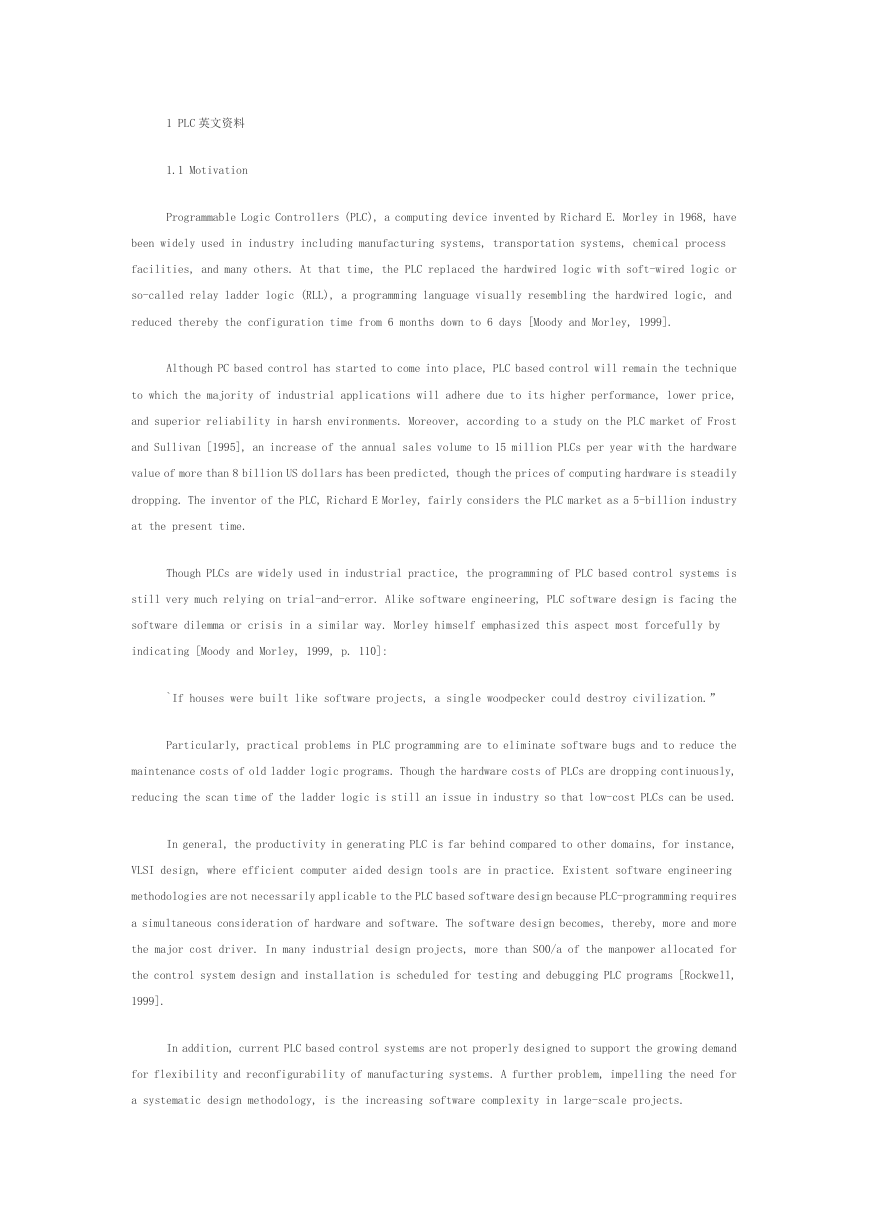
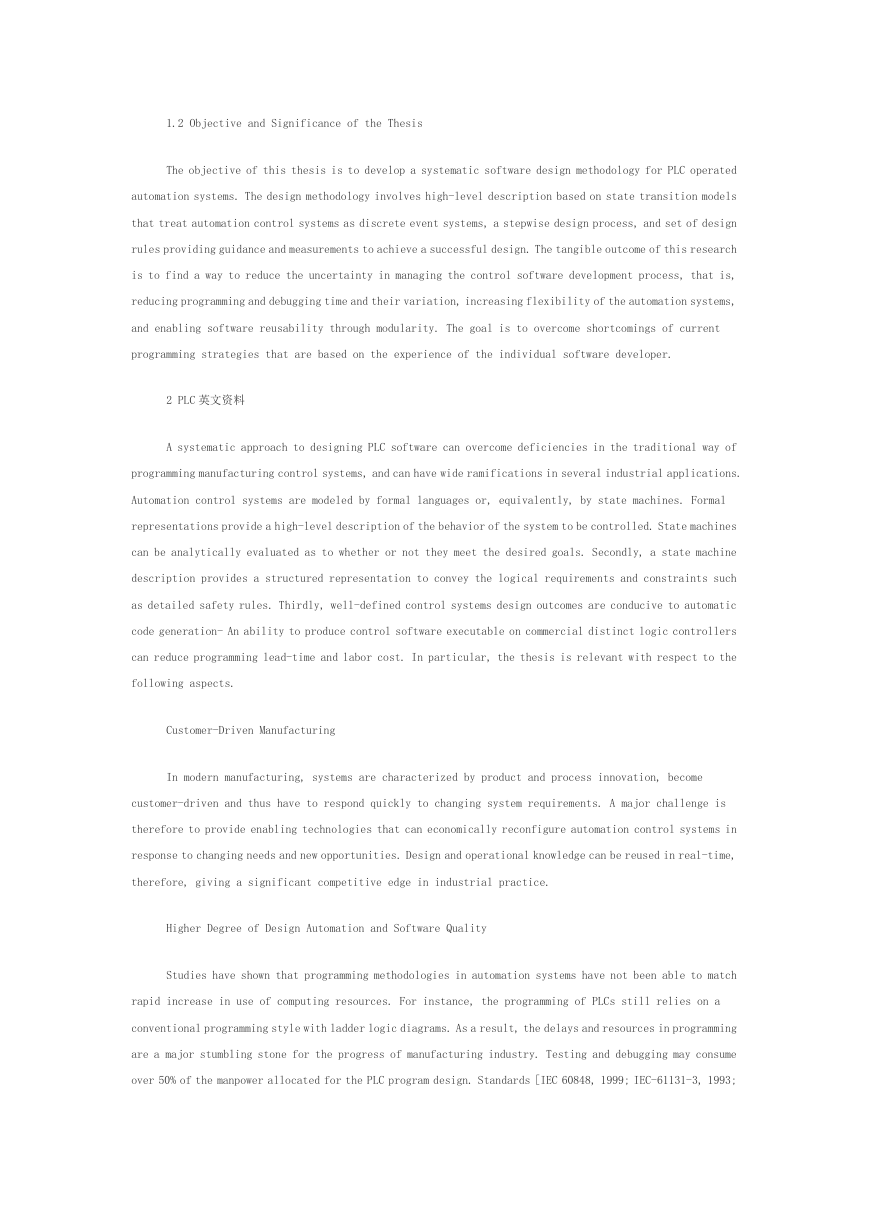
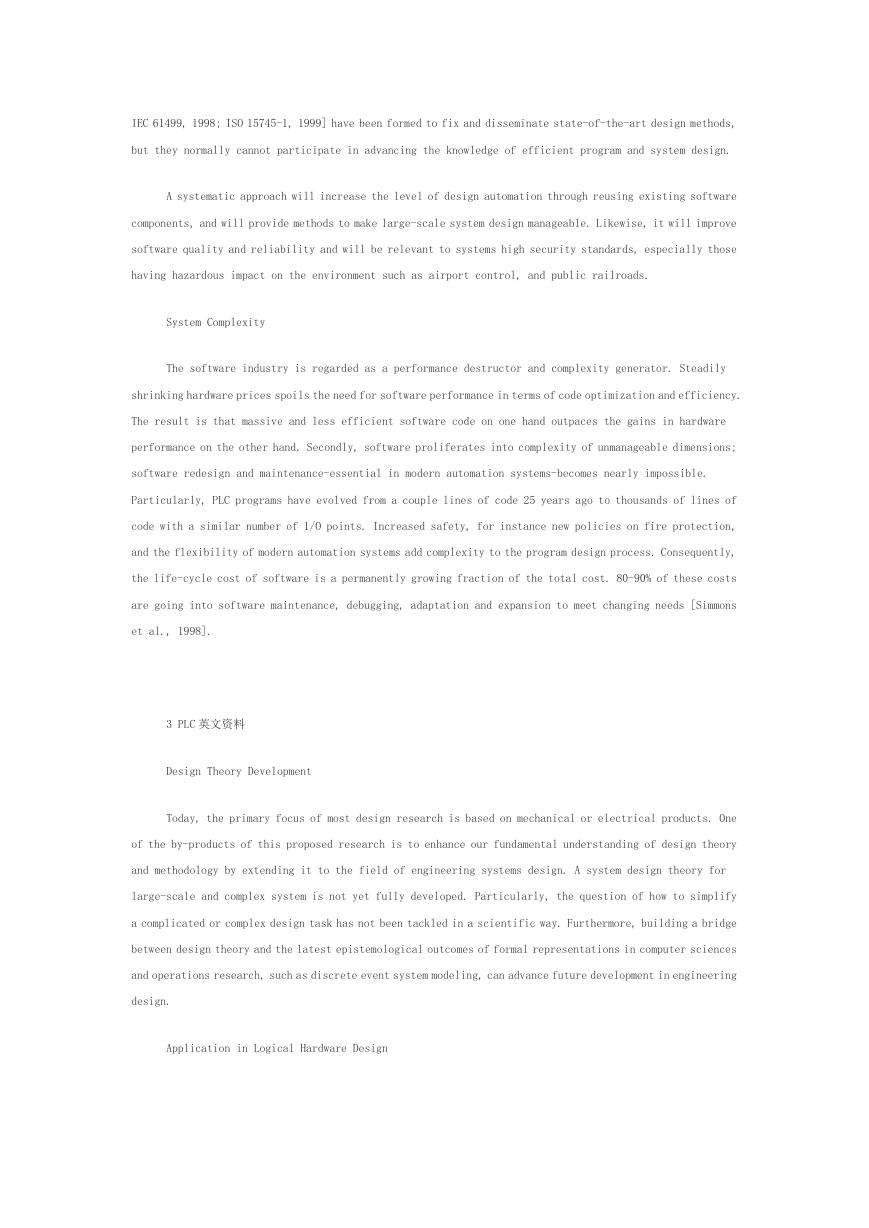
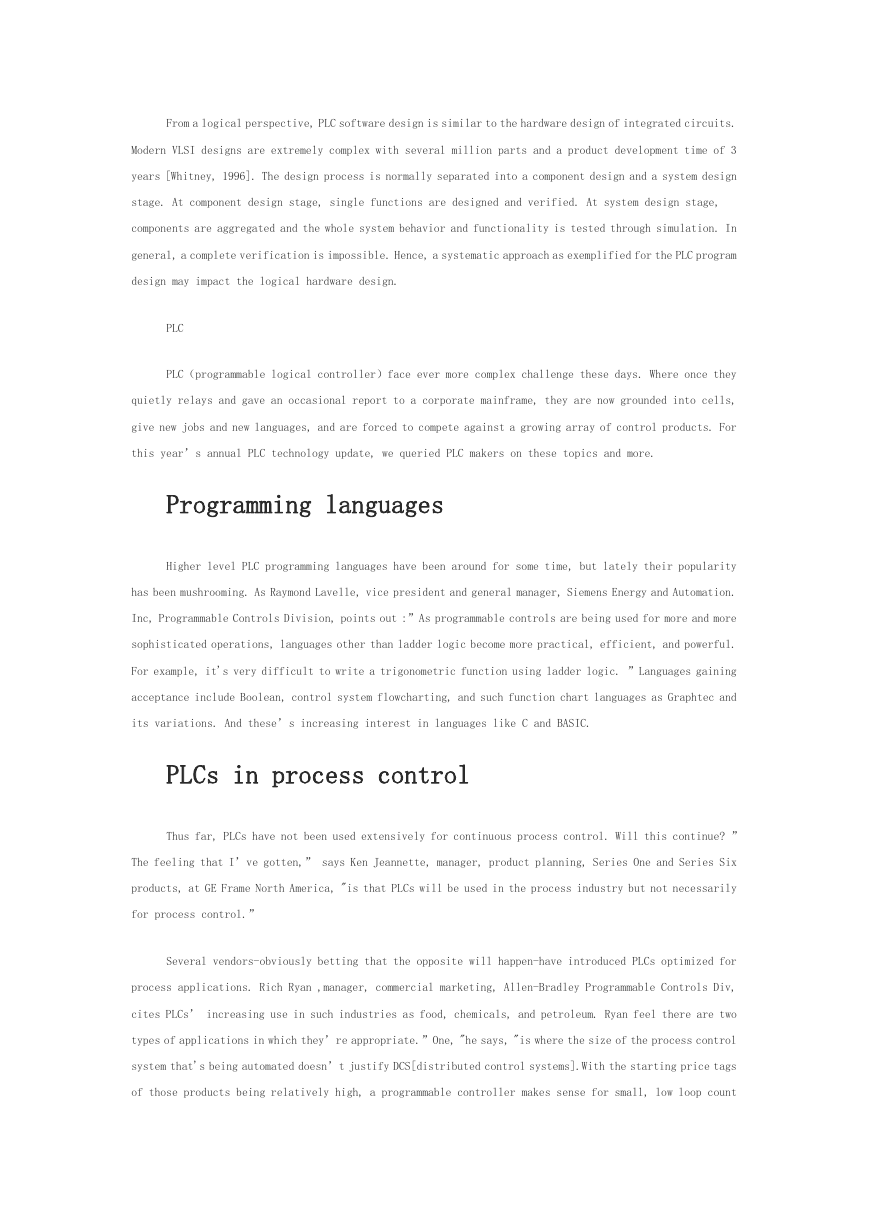
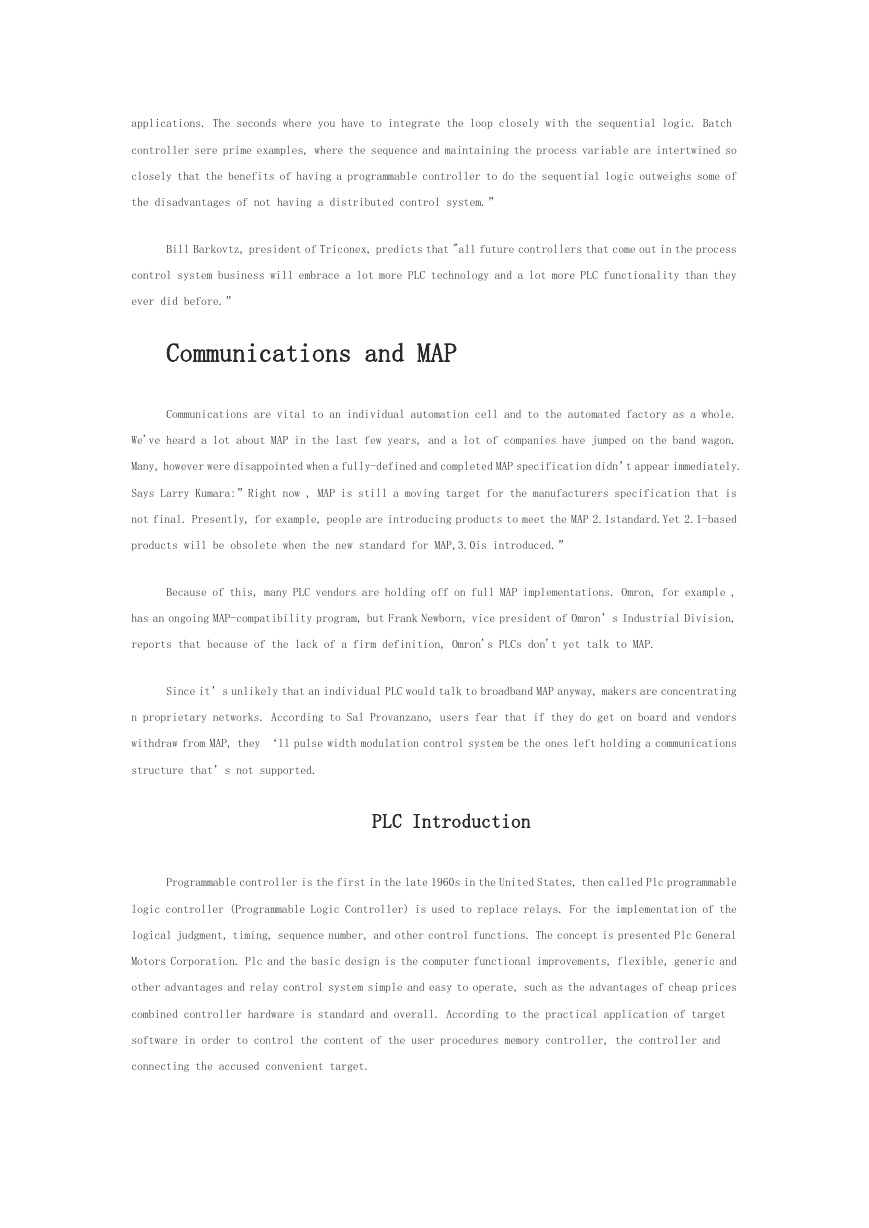
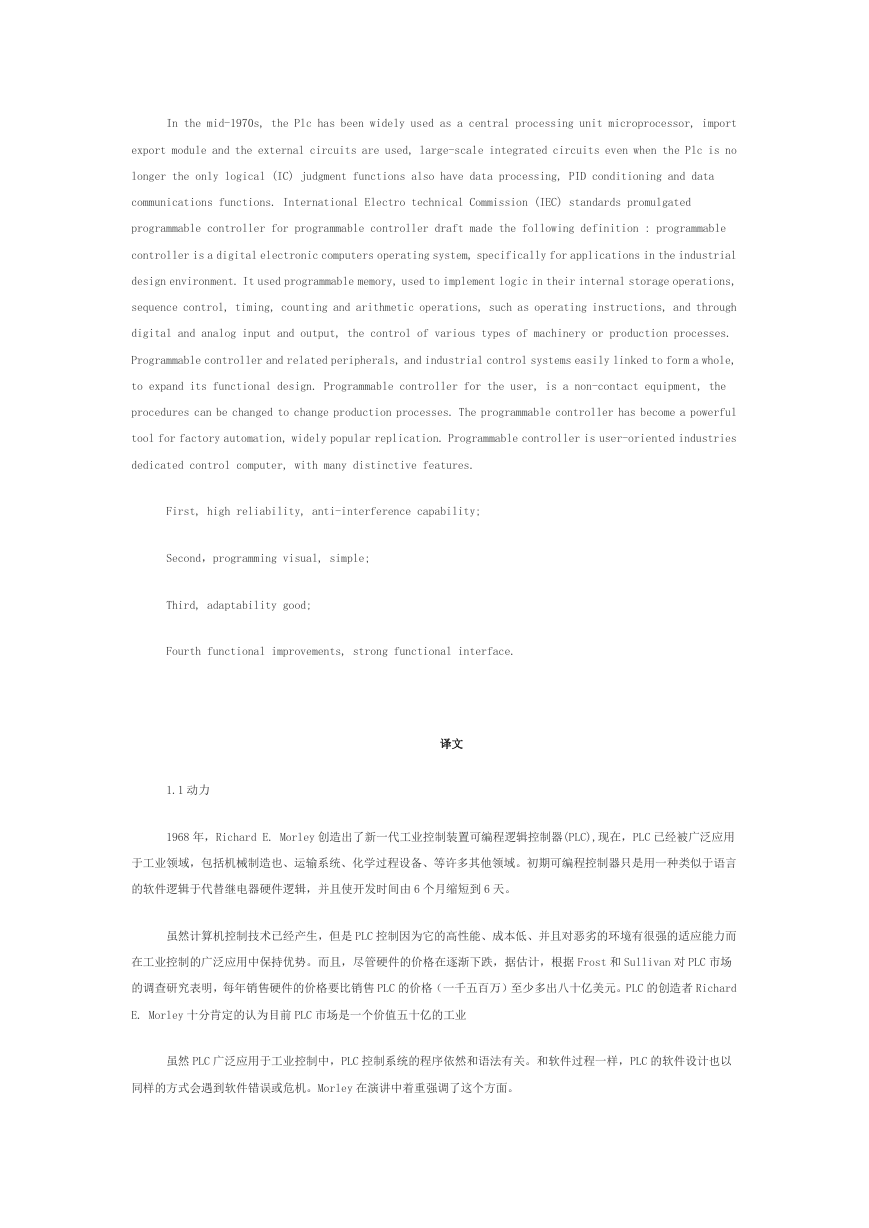
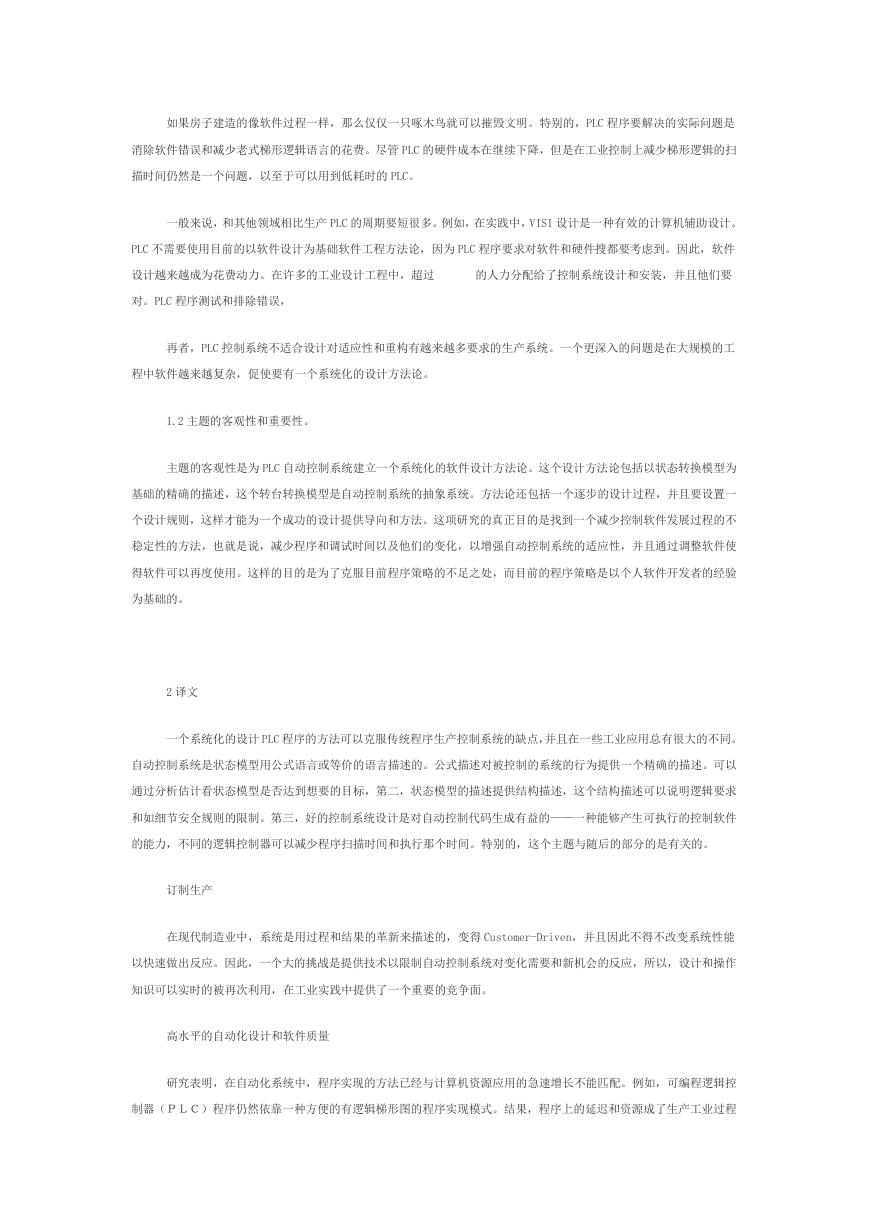
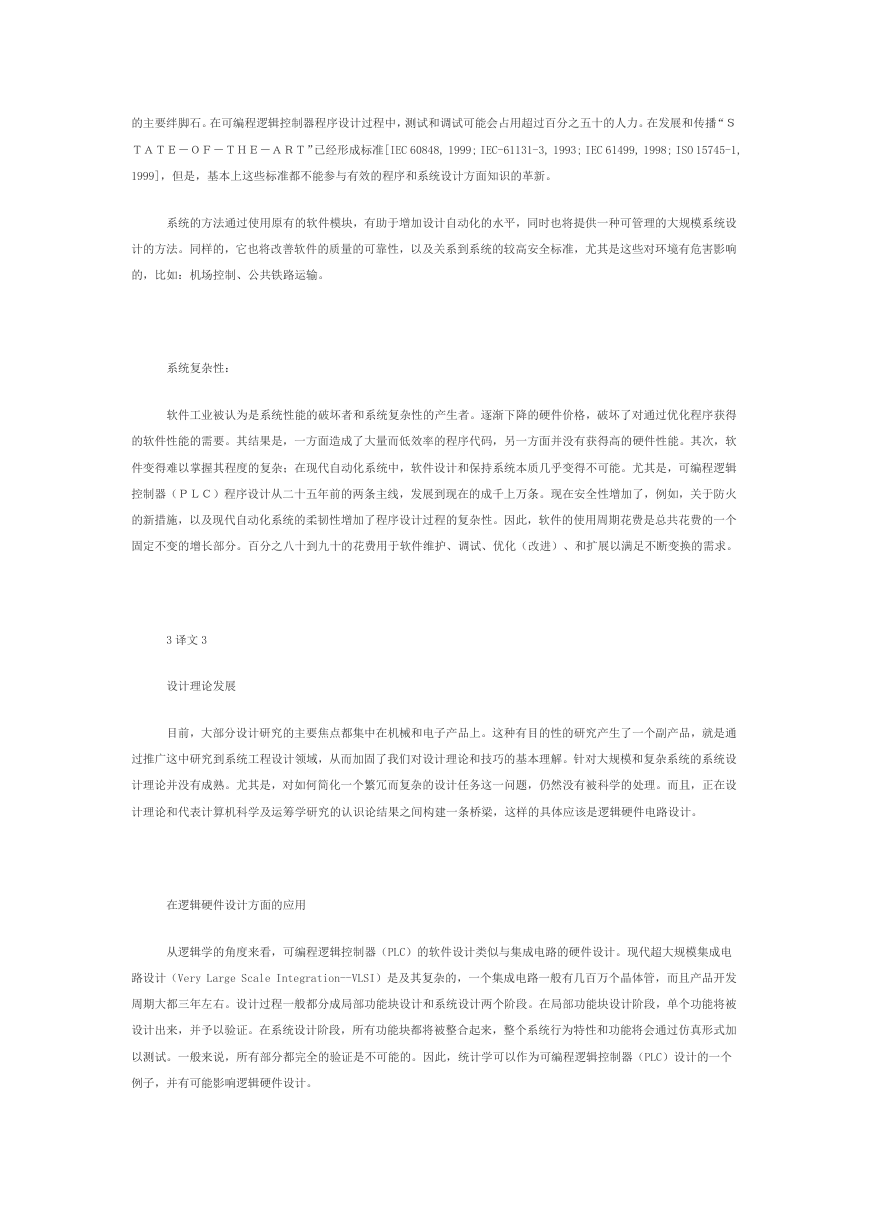








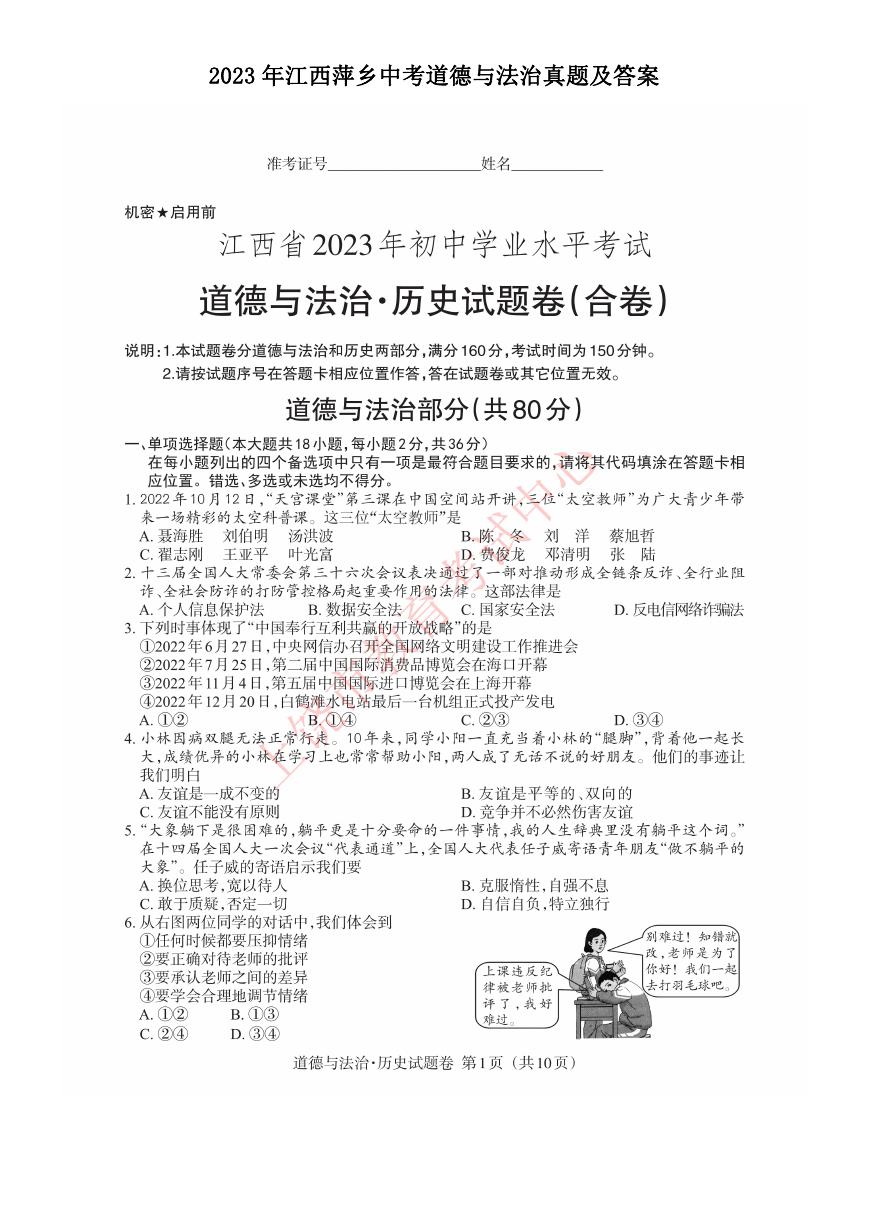 2023年江西萍乡中考道德与法治真题及答案.doc
2023年江西萍乡中考道德与法治真题及答案.doc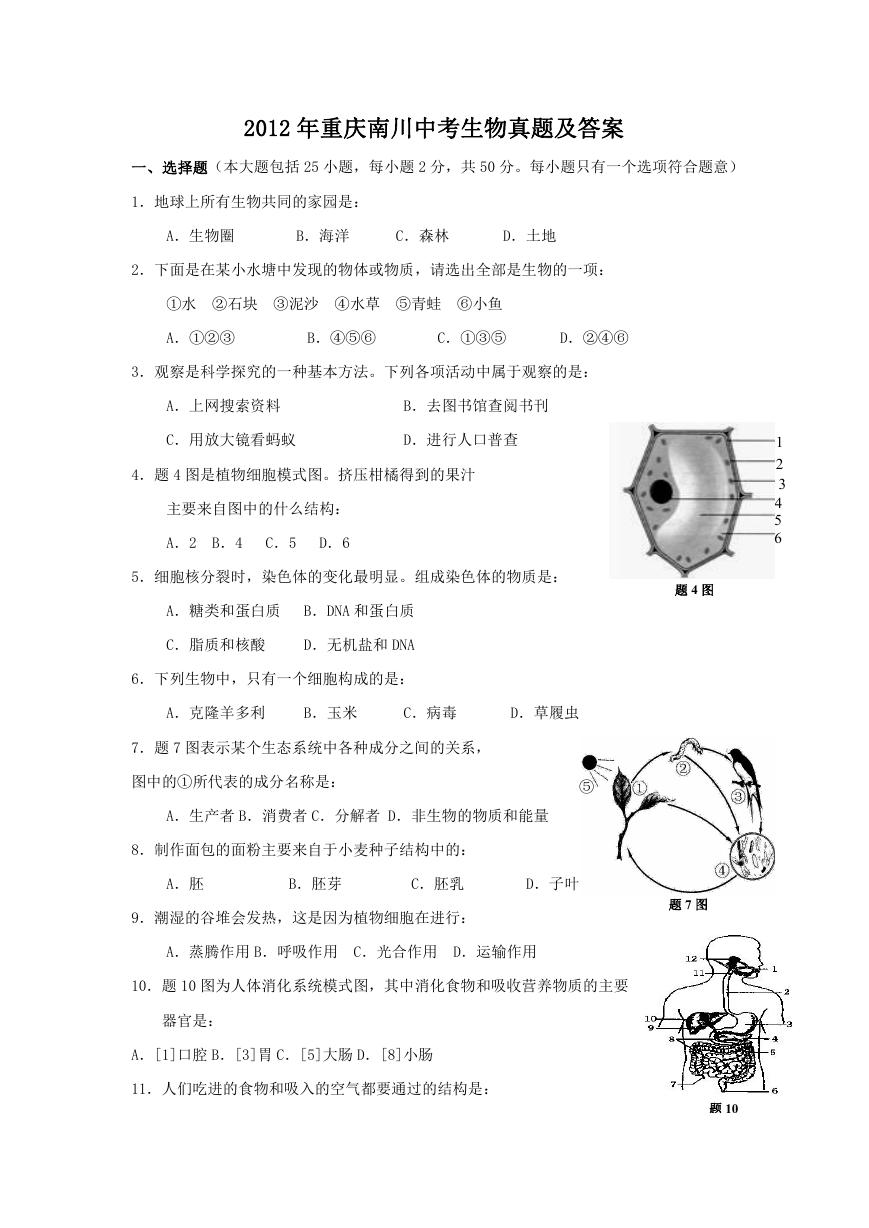 2012年重庆南川中考生物真题及答案.doc
2012年重庆南川中考生物真题及答案.doc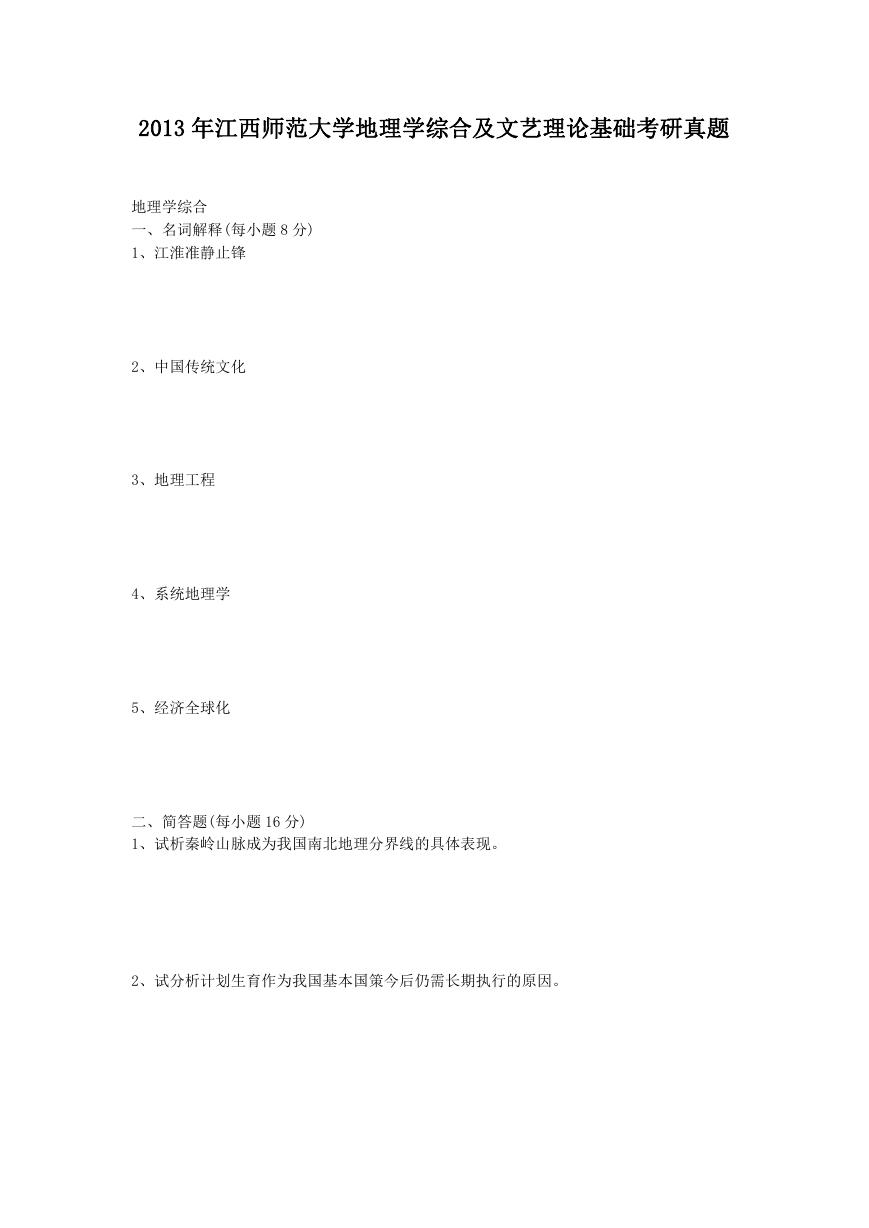 2013年江西师范大学地理学综合及文艺理论基础考研真题.doc
2013年江西师范大学地理学综合及文艺理论基础考研真题.doc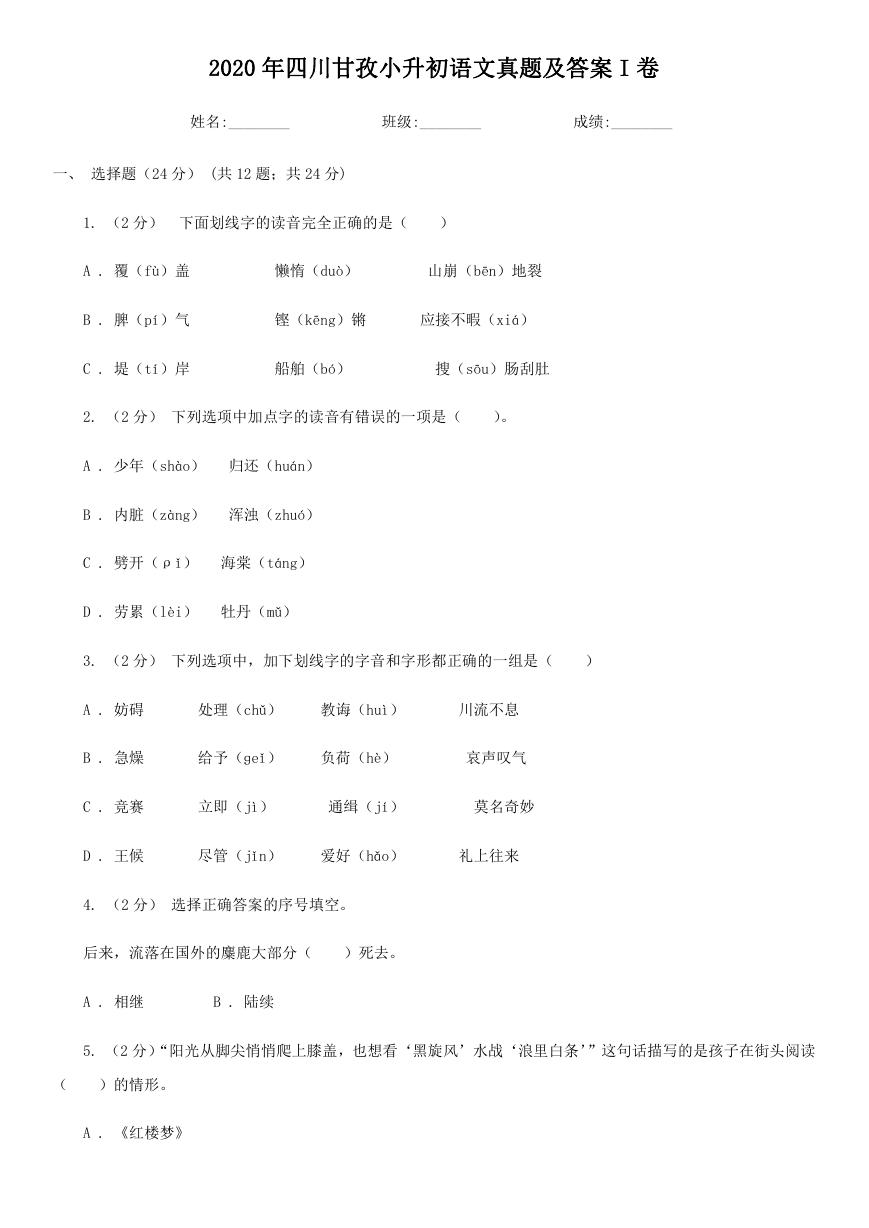 2020年四川甘孜小升初语文真题及答案I卷.doc
2020年四川甘孜小升初语文真题及答案I卷.doc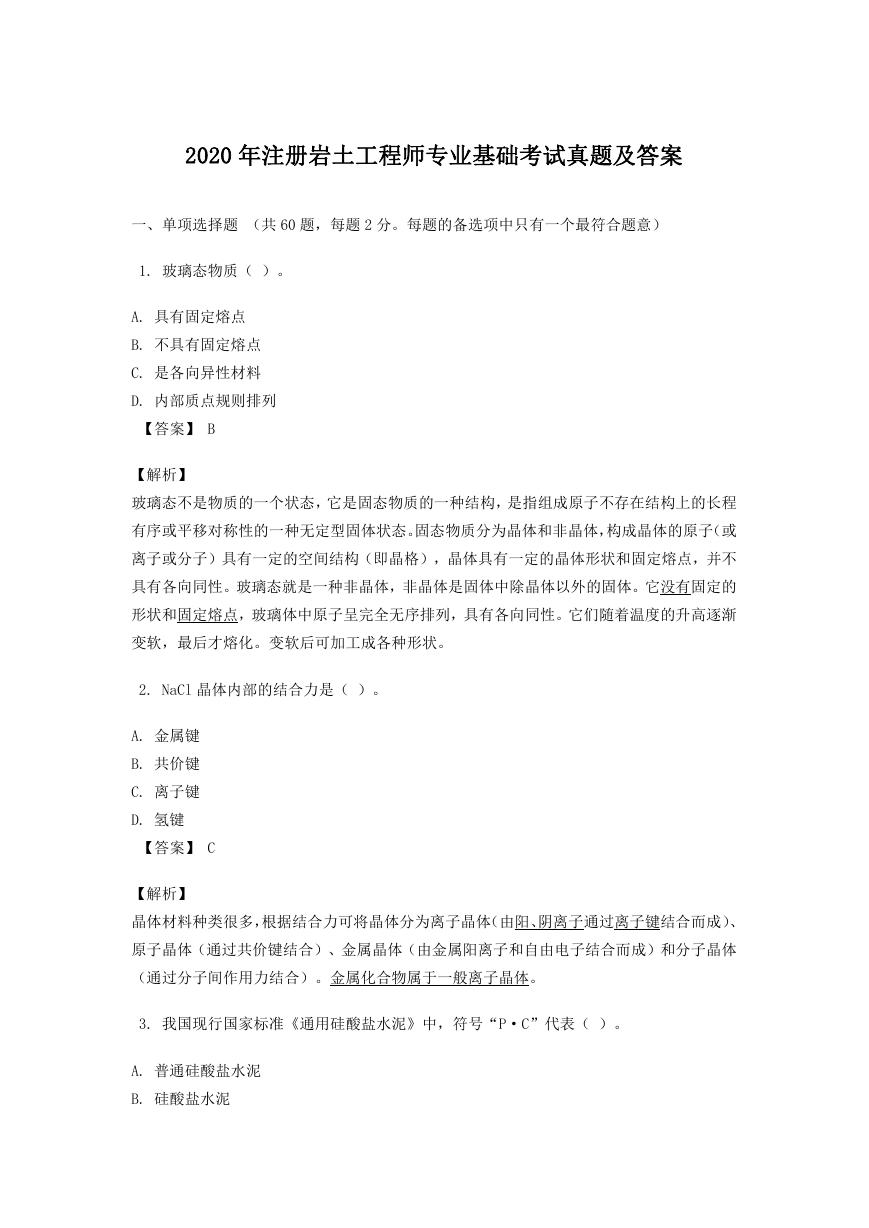 2020年注册岩土工程师专业基础考试真题及答案.doc
2020年注册岩土工程师专业基础考试真题及答案.doc 2023-2024学年福建省厦门市九年级上学期数学月考试题及答案.doc
2023-2024学年福建省厦门市九年级上学期数学月考试题及答案.doc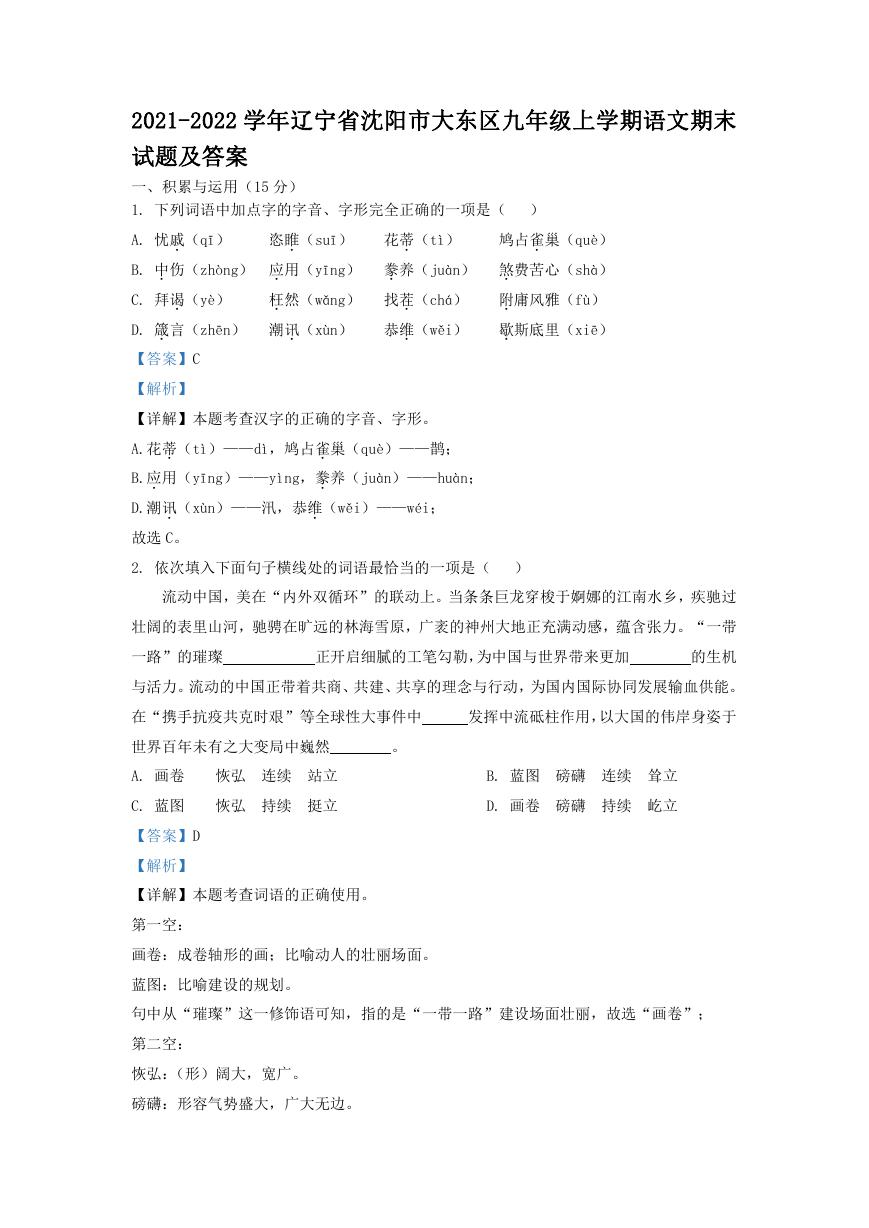 2021-2022学年辽宁省沈阳市大东区九年级上学期语文期末试题及答案.doc
2021-2022学年辽宁省沈阳市大东区九年级上学期语文期末试题及答案.doc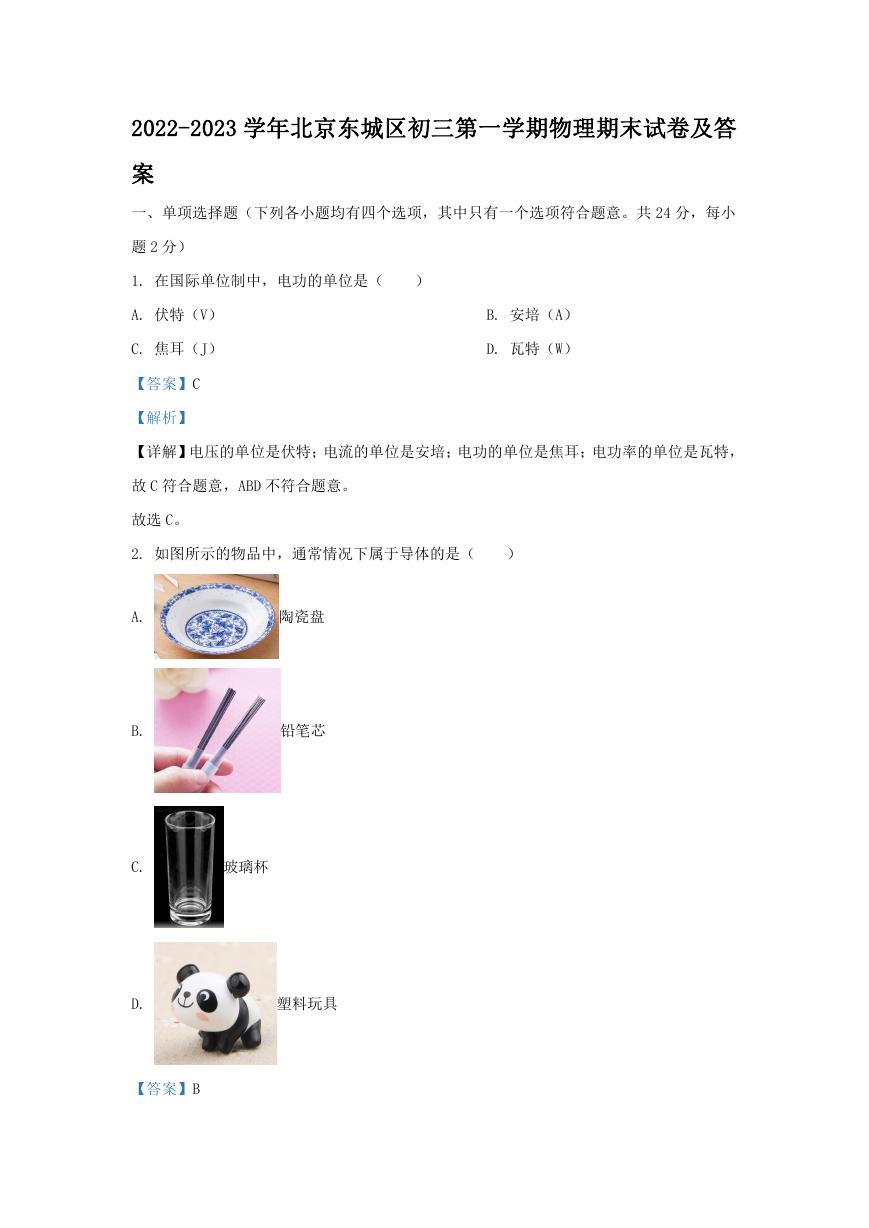 2022-2023学年北京东城区初三第一学期物理期末试卷及答案.doc
2022-2023学年北京东城区初三第一学期物理期末试卷及答案.doc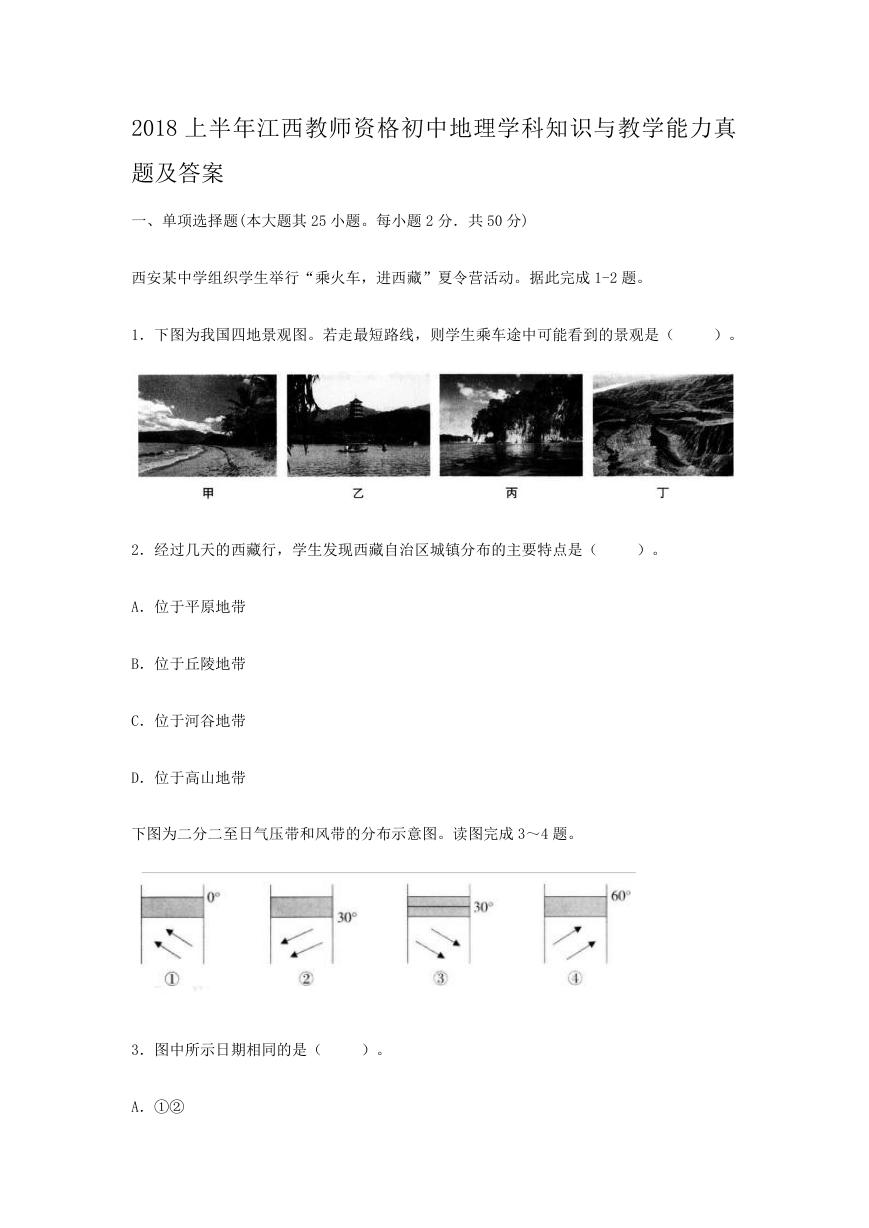 2018上半年江西教师资格初中地理学科知识与教学能力真题及答案.doc
2018上半年江西教师资格初中地理学科知识与教学能力真题及答案.doc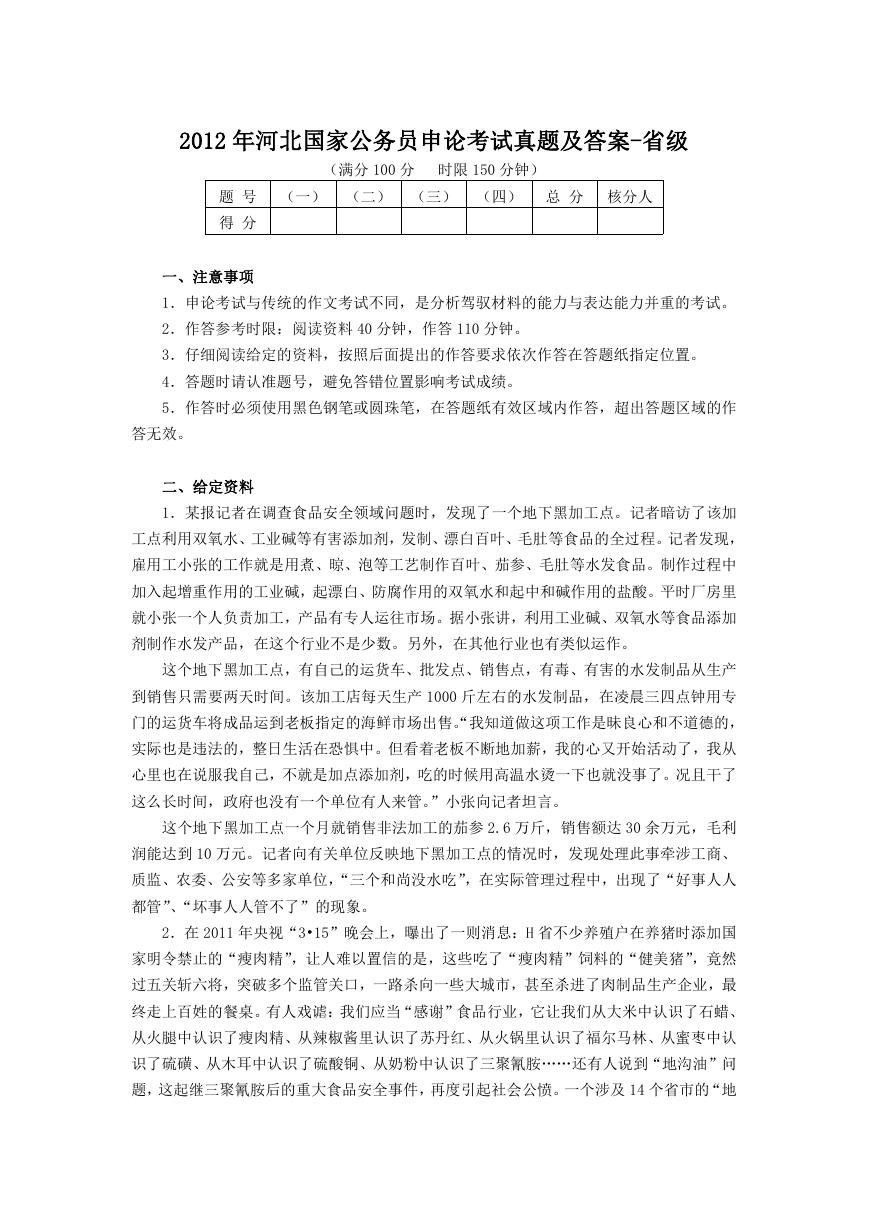 2012年河北国家公务员申论考试真题及答案-省级.doc
2012年河北国家公务员申论考试真题及答案-省级.doc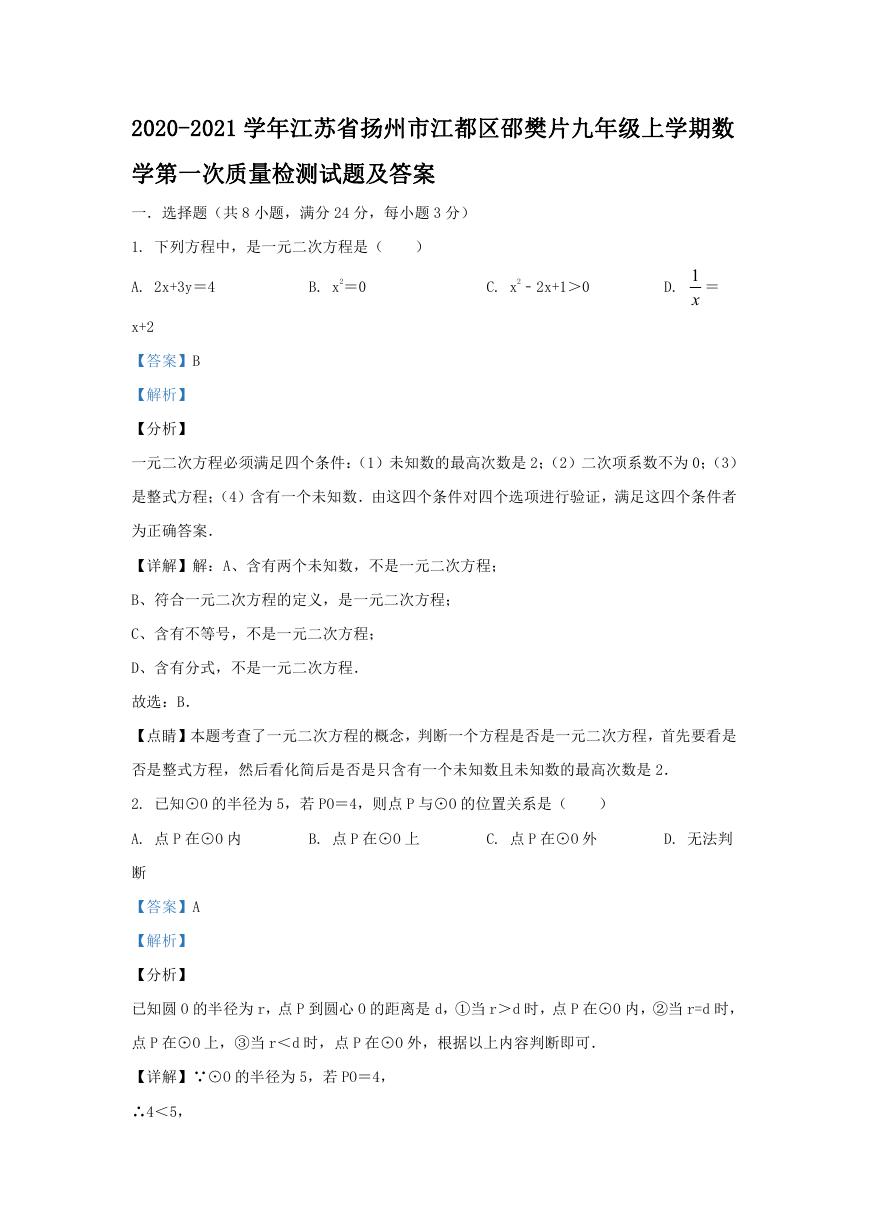 2020-2021学年江苏省扬州市江都区邵樊片九年级上学期数学第一次质量检测试题及答案.doc
2020-2021学年江苏省扬州市江都区邵樊片九年级上学期数学第一次质量检测试题及答案.doc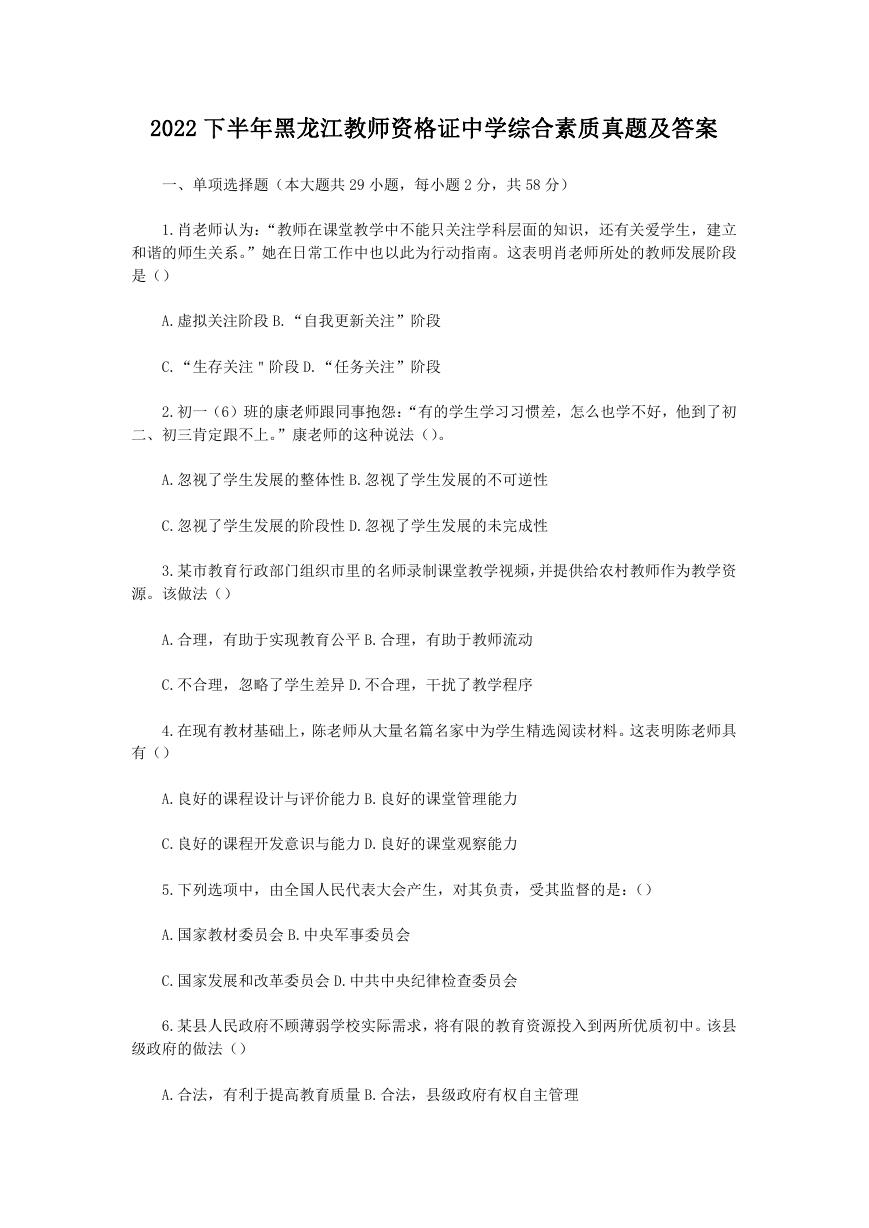 2022下半年黑龙江教师资格证中学综合素质真题及答案.doc
2022下半年黑龙江教师资格证中学综合素质真题及答案.doc